Author Archives for Gibrán Rivera
June 17, 2014
I like to describe the Interaction Institute for Social Change as a collaboration shop. I like to describe my work as helping people work better together. Certainly any article tilted “The Collaboration Paradox: Why Working Together Often Yields Weaker Results” is bound to get my attention.
I find this to be a powerful piece, and it confirms intuitions and observations from my ten years of doing this work. It is too often that we collaborate for collaboration’s sake. And it is too often that we fall into the tyranny of a consensus that yields subpar results.
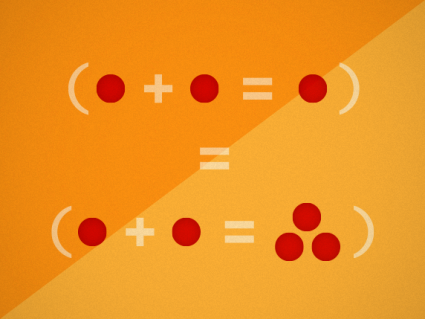
Illustration: Oscar Ramos Orozco Read More
June 3, 2014
If you are a regular reader you’ve heard me talk about the Barr Fellows. It is one of the most powerful experiments in developing a leadership network within a geographic context – the City of Boston. I have the privilege of being on the design and facilitation team for this remarkable project. Read More
Read More
May 20, 2014
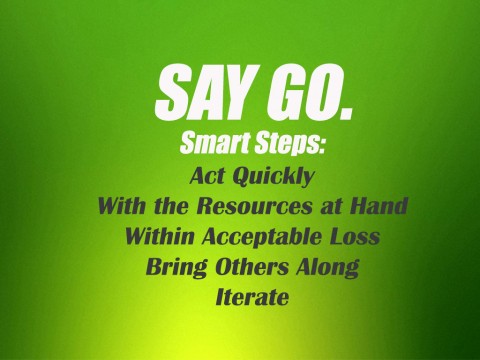
I’ve been thinking a lot about process. What is the best way to get things done? What is the most collaborative and inclusive way to move forward? Our bias towards inclusion, towards a process that is truly democratic, can often seem at odds with the idea that “action trumps everything.” Read More
May 6, 2014
It’s good to plan. It’s good to reflect. It’s best to do.
Here at IISC we spend a fair amount of time supporting others in articulating what they want to achieve, including those who must be included, and defining a pathway to action. When done well, this work depends on a fair amount of reflection on practice – how do you think about what you do? What are you learning about what you do?
We also train people. We help them become better facilitative leaders. We introduce specific practices – specific things people can do.
Without the practice the lessons are lost. We learn by doing.
I was just talking about this in our office kitchen with Danielle Coates-Connor, one of our colleagues, and she compared it to meditation.
It is quite hip to talk about meditation these days. Mindfulness is in. At least in theory. People have a sense that stillness of the mind and present moment awareness are powerful ways to live and thrive. But there is a huge gap between knowing this and practicing this. Too many of us still believe that thinking about meditation is a lot like meditation. But it’s not.
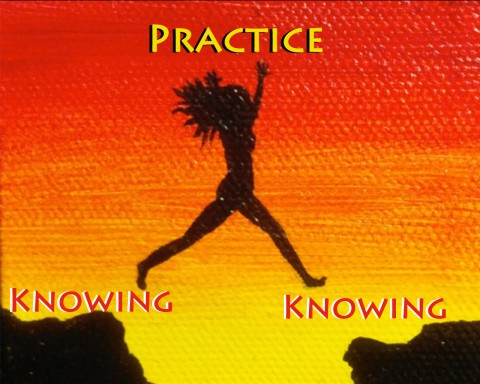
The same is true for our projects and our dreams. We can get the right stakeholders together. We can talk about what we want to do. We can visualize it. We can plot it out. But the learning doesn’t begin until we start. The change does not begin until we do.
Do you wonder:
How to integrate more “doing” in your “planning?”
How to integrate more “doing” in your “reflecting?”
How to start experimenting as soon as possible?
How to start learning?
April 22, 2014
Ceasar McDowell, President of the Interaction Institute for Social Change and Professor of the Practice of Community Development at MIT brings the concept of a “Question Campaign” to our emerging work on Cities.
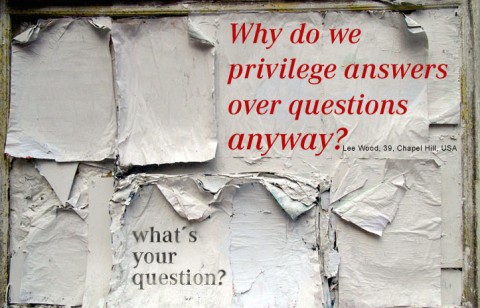
The question campaign is anchored by the premise that “asking questions invites people into conversation, rather than shutting down discussion by giving only answers.” Question campaigns “generate dialogue as a crucial first step in creating actual change on the ground.” Read More
April 15, 2014
At IISC we are orienting our selves towards the City. These are the places where most human beings will live. They are the theater of human struggle, and thus for liberation. And as Jen points out, they just might be the key to sustainability.

Inequality is tearing our society apart. Oligarchy’s global claw back has been relentless, and potentially self-destructive. We are governed by moneyed interests and the precariat have been abandoned.
Read More
April 11, 2014
The structural vs. transformational debate is alive and well. I’m glad that Curtis and Cynthia have been dipping back into it over the last few weeks. It is good to start at the end: the answer is a both/and, it’s not a good idea to get stuck in binaries.

The print pictured above captures it for me. It is Nelson Mandela’s drawing of the view from his cell at Robben Island, where he was imprisoned for 30 years.
Take that in for a second.
Thirty years in jail for daring to stand up for freedom.
The print’s beauty is undeniable.
How is this perspective possible?
There was something in Mandela’s mind, something in his soul, that could not be subjugated. Oppression doesn’t get more structural than four walls and a padlock. But they could not take away his freedom. This is the freedom that breaks chains. It is the freedom that inspires the world and liberates a whole people.
Nelson Mandela is the icon that destroys the binary. Structural and transformational integrate in his lifetime.
I agree with Curtis and Glanzberg that “The pattern most in need of shifting is not out there in the world, but in our minds.” And I agree with Cynthia that our mind changes when we become aware that others share in our condition and that our condition is the product of a very specific structure.
But there is something else happening here.
We have an interior condition. This interior condition is significantly affected by our thinking, but it is more than our thinking. This interior condition is significantly affected by our objective conditions, but it is more than our objective conditions. This interior condition is profoundly individual, but it is greater than the individual – our interior is “inter-subjective.” We have a collective interior.
Bringing our care and attention to what is inside. Nurturing, cultivating, developing, evolving what is inside. Connecting to one another there. Actively engaging a mutual awakening – that is the key to changing our thinking and to transforming our structures. It is the next step to liberation.
April 1, 2014
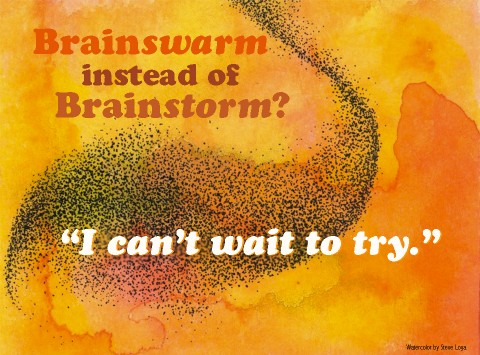
The recent barrage against the effectiveness of brainstorming has been a bit hard for those of us who are grounded in the Interaction Method. But evidence matters, doesn’t it? I know that Curtis has talked about the limits of brainstorming a couple of times in this blog. Read More
March 25, 2014

This post is a response to yesterday’s post by Cynthia Silva Parker.
I was truly moved by Cynthia’s heartfelt exploration of anger and its role in our quest for justice. I get angry. I get angry in some healthy ways, and in many unhealthy ways.
Read More
March 18, 2014

I am just returning from my very first visit to India. I had the unbelievable privilege of participating in the first “Four Noble Truths Event” hosted by the Sarnath International Nyingma Institute. It was in Sarnath, at the “stupa” pictured here, that the Buddha offered his first sermon – 2500 years ago!
Read More
March 4, 2014

I’m just getting back from a four-week sabbatical, a special gift from IISC after seven years of service. I grew in leaps and bounds. A lot of what been brewing inside of me for the last year or two started to come together in a powerful way. My time off was anchored by a week-long, life changing, couples’ retreat in Mexico.
Read More
January 21, 2014

Seth’s blog this morning reminded me of an ongoing joke that I have with Linda Guinee, my colleague here at IISC.
Seth’s main question is: “Who is in charge of the magic?”
During my early days at IISC, Linda brought me into design and facilitation of an “Innovation Lab” for one of our biggest clients at the time. It was big break, and I took it seriously. Linda, who is quite magical herself, kept reminding me of practical things that I still tend to overlook. At one point she had to remind me that it was important to give the participants a bathroom break!
Read More











